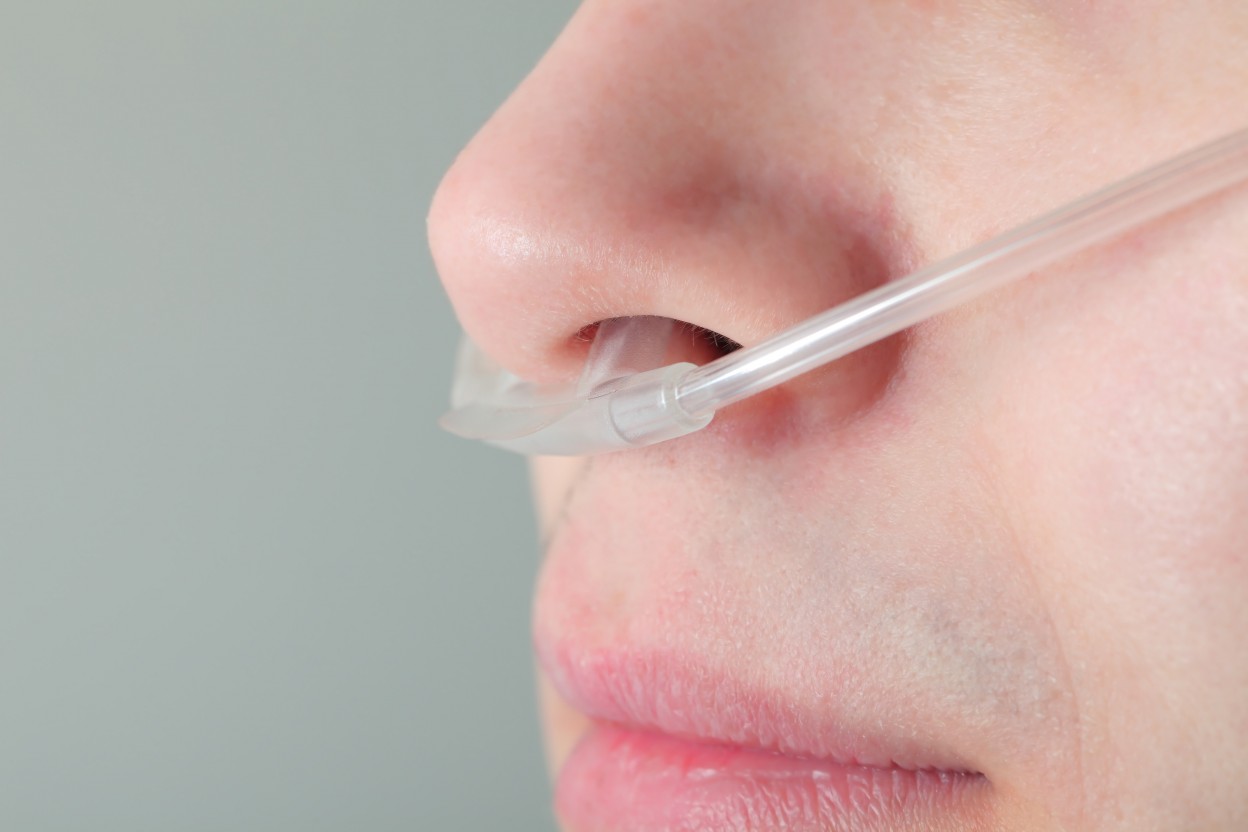American Thoracic Society Publishes New COPD Oxygen Therapy Guidelines

After a review of current evidence by a panel of experts, the American Thoracic Society (ATS) has published new recommended guidelines for the use of oxygen therapy by people with chronic obstructive pulmonary disease (COPD) and other long-term and persistent lung diseases.
The guidelines, titled “Home Oxygen Therapy for Adults with Chronic Lung Disease. An Official American Thoracic Society Clinical Practice Guideline,” were published in the American Journal of Respiratory and Critical Care Medicine.
Oxygen therapy is a standard treatment option for COPD patients with severe, chronic, low blood oxygen levels (hypoxemia). But the use of this therapy is based on recommendations supported by clinical trials conducted some 30 years ago or more.
More recent studies have highlighted significant differences in home oxygen needs among patients with different lung diseases, lifestyles, and oxygen supply requirements. Although several professional societies have published clinical guidelines for home oxygen therapy, most have not incorporated recent clinical findings.
Additionally, a 2017 workshop organized by the ATS “identified the lack of evidence-based clinical practice guidelines for appropriate use of home oxygen as a critical gap in the care of patients,” the guidelines panel wrote.
Further rationale for new recommendation parameters came from an online survey of almost 2,000 oxygen users in the U.S., who described myriad difficulties in accessing and using oxygen.
“Oxygen is a common, yet burdensome, equipment-laden therapy, so if we are going to prescribe it, there should be enough evidence that we can tell our patients what they should expect in terms of improving their symptoms, and the quality and quantity of their lives,” Susan S. Jacobs, co-chair of the guideline committee and a research nurse manager at Stanford University, in California, said in a press release.
Now, on behalf of the ATS Assembly on Nursing, a panel of researchers conducted a review of current evidence and developed clinical guidelines for healthcare providers who care for adults who need oxygen due to chronic lung diseases.
The panel was comprised of four co-chairs and 18 voting members, including 11 pulmonary or critical care physicians, four nurses, one registered respiratory therapist, and one physiotherapist. The remaining member was a patient representative, included to “capture the critical input of an oxygen user.”
The team used the GRADE approach, or Grading of Recommendations Assessment, Development, and Evaluation, to measure the quality of evidence and the strength of recommendations in healthcare guidelines.
The recommendation for adults with COPD who have severe chronic hypoxemia while resting in room air is long-term oxygen therapy (LTOT) at least 15 hours per day. Of note, severe hypoxemia was defined as having a blood oxygen saturation (SpO2) of 88% or less or partial pressure of oxygen (PaO2), oxygen pressure in the arterial blood, of 55 mm Hg (7.3 kPa) or less.
The panel called for studies to test the effectiveness of ambulatory (portable) oxygen equipment to find strategies that improve LTOT adherence, and identify subgroups of COPD patients with severe hypoxemia who would likely benefit from LTOT.
For COPD patients who have moderate chronic resting hypoxemia in room air, who may be asymptomatic or have associated shortness of breath — defined as a SpO2 between 88 to 93% or PaO2 of 56 to 60 mm Hg (7.5 – 7.8 kPa) — the panel did not recommend the use of LTOT.
The team emphasized the need for studies focusing on shared decision-making to personalize home oxygen use in people with moderate resting hypoxemia. Studies also are needed to evaluate discontinuing home oxygen in those who had severe resting hypoxemia but now have moderate hypoxemia. Also needed is research to determine the impact of LTOT on the shortness of breath and other outcomes in this patient population.
In adults with COPD who have severe room air hypoxemia upon physical exertion, the panel suggested prescribing ambulatory oxygen, delivered during exercise or daily living activities when the person is walking freely.
The panel said there was an “urgent need for new ambulatory oxygen devices that increase portability,” including improved battery life, weight, flow rates, and wireless connections. They noted that the current burden of ambulatory oxygen is well-documented.
Patient-centered outcomes such as health-related quality of life and physical activity in daily life, also should be addressed in future studies, along with cost-effectiveness, which includes work productivity, workdays missed, and hospital readmissions.
In people with chronic lung diseases who are mobile outside the home and require a continuous oxygen flow of more than three liters per minute during exertion, the panel recommended prescribing portable liquid oxygen over metal cylinders of compressed gaseous oxygen and portable oxygen concentrators (POCs).
Finally, in a best practice statement, the panel recommended that patients and caregivers receive instruction and training on prescription adherence, the use and maintenance of all oxygen equipment, and education on oxygen safety, including fire prevention, tripping hazards, and stopping smoking.
“The recommendations in this document reflect an integration of current evidence and clinical experience by a multidisciplinary expert panel,” the team wrote.
“We urge the research community and funding agencies to work together to develop a stronger evidence base that will guide clinical practice for oxygen prescription,” they added.





